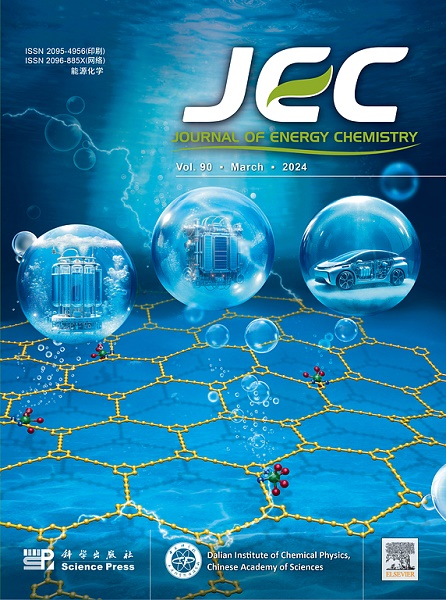Revealing the low-temperature aging mechanisms of the whole life cycle for lithium-ion batteries (nickel-cobalt-aluminum vs. graphite)
IF 13.1
1区 化学
Q1 Energy
引用次数: 0
Abstract
The degradation of Lithium-ion batteries (LIBs) during cycling is particularly exacerbated at low temperatures, which has a significant impact on the longevity of electric vehicles, energy storage systems, and consumer electronics. A comprehensive understanding of the low-temperature aging mechanisms throughout the whole life cycle of LIBs is crucial. However, existing research is limited, which typically focuses on capacity degradation to 80%. To fill this gap, this paper conducts low-temperature cyclic aging tests at three different charging rates. The investigation employs differential voltage analysis, the distribution of relaxation times technique, and disassembly characterization to explore both thermodynamic degradation and kinetic degradation, alongside a correlation analysis of the factors influencing these degradation processes. The results reveal two distinct knee points in the capacity decline of LIBs during the whole life cycle, in contrast to prior studies identifying only one. Before the first knee point, the thickening of the SEI film dominates capacity loss, with higher charging rates accelerating the process. After the first knee point, the main degradation mechanisms shift to lithium plating and the fracture of the positive electrode active particles. These two aging factors become more pronounced with ongoing cycling, culminating in a second knee point in capacity decline. Notably, a novel finding demonstrates that after the second knee point, capacity degradation progresses faster at lower charging rates compared to medium rates. The reason is the fracture of graphite particles also becomes a critical contributor to the severe capacity degradation at lower charging rates. These insights will guide the designs of next-generation low-temperature LIBs and low-temperature battery management systems.

求助全文
约1分钟内获得全文
求助全文
来源期刊

Journal of Energy Chemistry
CHEMISTRY, APPLIED-CHEMISTRY, PHYSICAL
CiteScore
19.10
自引率
8.40%
发文量
3631
审稿时长
15 days
期刊介绍:
The Journal of Energy Chemistry, the official publication of Science Press and the Dalian Institute of Chemical Physics, Chinese Academy of Sciences, serves as a platform for reporting creative research and innovative applications in energy chemistry. It mainly reports on creative researches and innovative applications of chemical conversions of fossil energy, carbon dioxide, electrochemical energy and hydrogen energy, as well as the conversions of biomass and solar energy related with chemical issues to promote academic exchanges in the field of energy chemistry and to accelerate the exploration, research and development of energy science and technologies.
This journal focuses on original research papers covering various topics within energy chemistry worldwide, including:
Optimized utilization of fossil energy
Hydrogen energy
Conversion and storage of electrochemical energy
Capture, storage, and chemical conversion of carbon dioxide
Materials and nanotechnologies for energy conversion and storage
Chemistry in biomass conversion
Chemistry in the utilization of solar energy
 求助内容:
求助内容: 应助结果提醒方式:
应助结果提醒方式:


